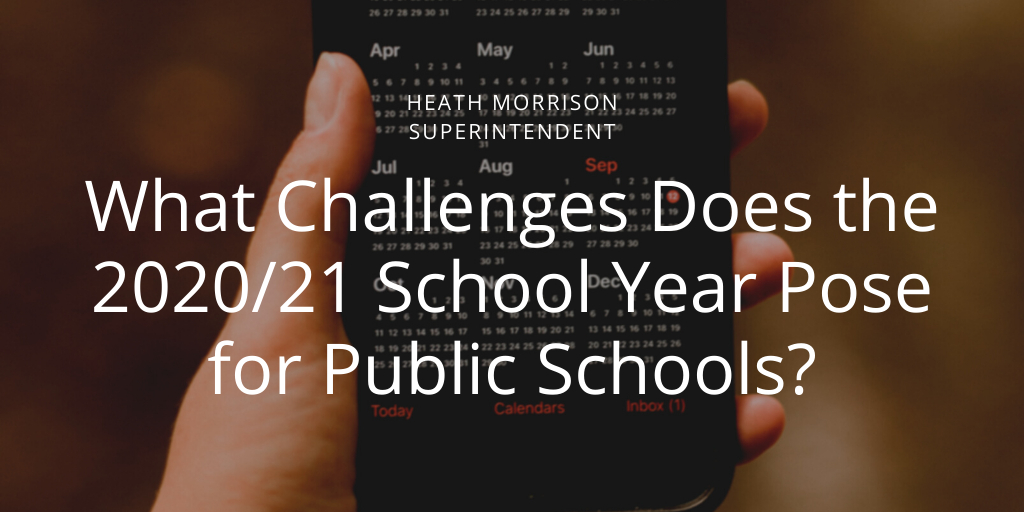The year 2020 has posed countless unanticipated challenges for the American public school system. In particular, the COVID-19 pandemic shuttered academic institutions from March to May. Even now, during the fall back-to-school season, the aftershocks of remote learning can still be felt. As districts press on through the new, uncertain school year, these challenges will be the most crucial obstacles to overcome.
Tech and Training
Technology has become an integral part of this generation’s daily life. However, not every district is able to keep up. As the demand for technology in the classroom increases, some schools find themselves without adequate funds to bring in technology and training for teachers and staff.
Many teachers adapted to a steep learning curve during the spring of 2020, when COVID-19 kept them out of the classroom. Unfortunately, even those educators well-versed in distance learning tools couldn’t control the issues that arose. A study by the RAND Corporation found that almost one-third of teachers “were unsure of how to teach new content, provide feedback, work with students one-on-one, and check for understanding.” Since teachers aren’t often trained in digital or remote learning, it’s no wonder the learning curve has been so steep.
Hybrid Learning Models
Even now, as students trickle back into the classroom, some teachers struggle to navigate hybrid learning models. Teachers using this model must serve both in-person and remote learners, which increases workloads on already-strained educators. Beyond planning for in-person classes, they must adapt those lesson plans to suit the needs of remote learners, all while communicating with families and planning for the next day, week, or month.
And, with the amount of resources it takes to safely implement this model, not every school will be able to keep up with it. Not every family is equipped to handle the hybrid model, either, which makes it difficult for working parents to ensure their children are safe, secure, and able to learn.
Connectivity and Access
The same RAND Corporation study found that 20 percent of educators saw problems for students, including “lack of access to internet, devices, or students’ and families’ issues with using technology.”
Many student-side technology problems stem from inequities in access. Recent research suggests that one in six American children live at or below the poverty line. For these children, technology and internet access are not readily available. As institutions continue to utilize in-person and over-the-web education methods, it’s essential to identify inequities and prevent the widening of the learning gap.
Enrollment Loss
In a September 2020 article for TIME, Katie Reilly described reduced school enrollment for the 2020 back-to-school season. This shrinking student population can be attributed to the aftershocks of COVID-19. For early grades, in particular, schools have seen larger drop-offs than normal in enrollment.
Since the number of students is a key factor in calculating funds for school districts, and national reporting on kindergarten enrollment has yet to be announced, the fate of funding for many of these schools is unknown.
What is also unknown, according to the article, is whether students who are held back from kindergarten this year will simply treat this as a gap year, or if they will jump ahead to first grade. Whatever happens, it will be difficult to anticipate and plan for, and equally challenging to address when the next school year comes around.

